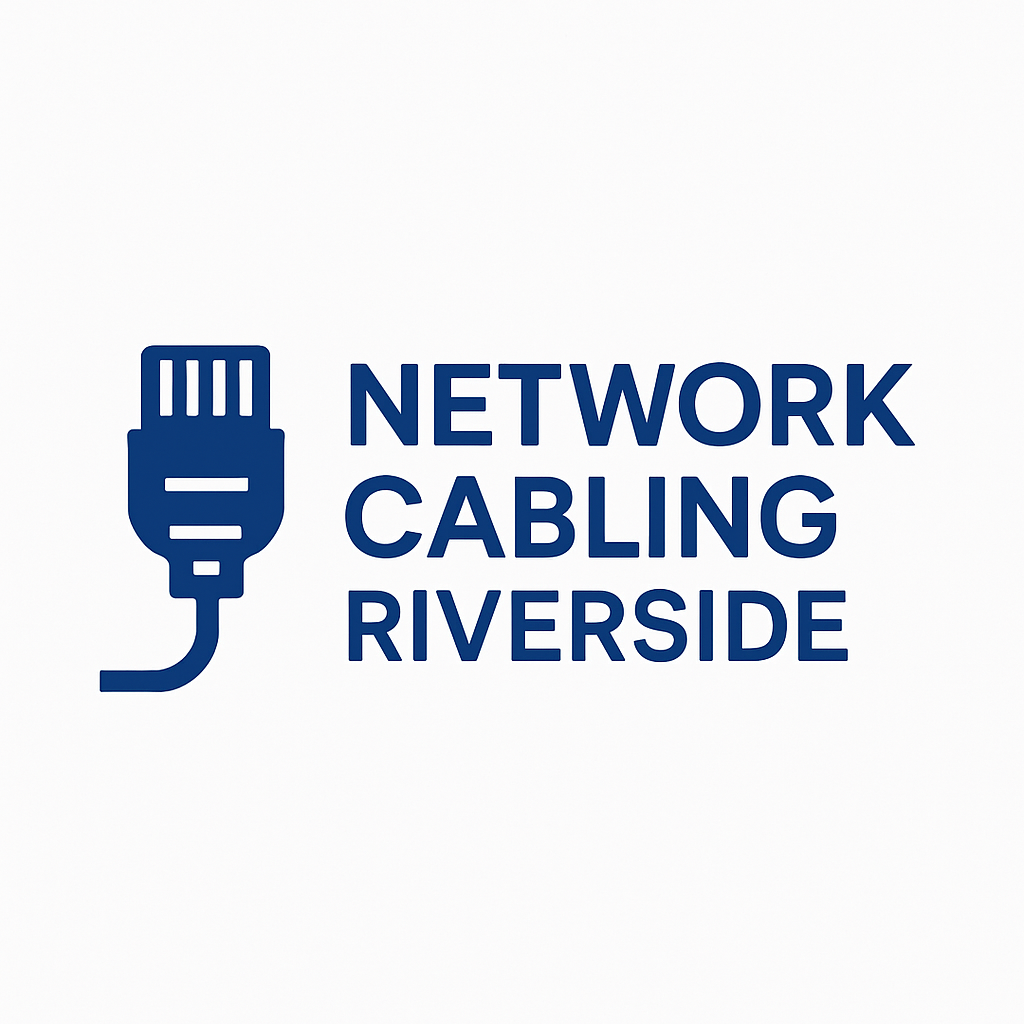Expert Guide to Network Cabling in Riverside, CA
Network cabling forms the backbone of modern businesses and homes in Riverside, CA. Whether setting up an office, upgrading an existing network, or preparing for high-speed internet connectivity, understanding network cabling is essential for reliable and efficient communication. This guide explores the types of cabling, installation considerations, and best practices to ensure a stable network infrastructure.
What is Network Cabling?
Network cabling refers to the physical medium through which data travels in a network. It connects computers, servers, routers, and other devices to facilitate communication. A properly installed network cabling system ensures fast data transfer, minimal downtime, and secure connections.
In Riverside, businesses and homes increasingly rely on robust network cabling due to growing demand for cloud services, remote work, and high-speed internet access.
Common Types of Network Cables
Understanding the types of network cables is crucial for choosing the right solution:
1. Ethernet Cables (Twisted Pair)
Ethernet cables are the most common type of network cable. They include:
- Cat5e: Suitable for speeds up to 1 Gbps, ideal for small offices and home networks.
- Cat6: Supports speeds up to 10 Gbps over shorter distances, perfect for medium-sized businesses.
- Cat6a: Enhanced version of Cat6, capable of handling higher data rates over longer distances.
2. Coaxial Cables
Coaxial cables are typically used for cable internet and television connections. While less common for modern network setups, they provide reliable signal transmission over longer distances.
3. Fiber Optic Cables
Fiber optic cables use light to transmit data, allowing extremely high-speed connections with minimal interference. They are ideal for businesses in Riverside that require high-bandwidth applications, such as video conferencing, cloud storage, and large-scale data transfers.
Network Cabling Installation Considerations
When installing network cabling, several factors ensure optimal performance and longevity:
1. Cable Type and Quality
Selecting the correct cable type for your network needs is critical. Higher-grade cables may cost more upfront but provide faster speeds and future-proof your network.
2. Proper Layout and Planning
Mapping out the network layout before installation reduces unnecessary cabling and ensures easy troubleshooting. Consider the number of devices, future expansion, and the placement of network switches.
3. Compliance with Standards
Following industry standards for cable installation helps prevent signal loss and interference. Standards also ensure safety and reliability across the network.
4. Environmental Factors
Cabling should be installed away from sources of electrical interference, moisture, and excessive heat. Riverside’s local climate and building codes may influence installation decisions.
5. Professional Installation vs. DIY
While some home networks can be installed by DIY enthusiasts, commercial environments benefit from professional cabling services. Professionals ensure proper termination, testing, and documentation, reducing the risk of network downtime.
Benefits of Proper Network Cabling
Investing in quality network cabling provides multiple advantages:
- Enhanced Speed and Reliability: Proper cabling reduces bottlenecks and packet loss.
- Scalability: Structured cabling systems allow easy network expansion.
- Reduced Maintenance: High-quality cables and professional installation reduce troubleshooting and repairs.
- Future-Proofing: Modern cabling standards support higher speeds and evolving technologies.
Maintaining Your Network Cabling
Regular maintenance ensures your network continues to perform optimally:
- Inspect cables for wear or damage.
- Keep cables organized to prevent tangling or interference.
- Test connectivity periodically to detect issues early.
- Upgrade cables as technology demands increase.
Conclusion
Network cabling is a fundamental component of modern connectivity in Riverside, CA. Choosing the right type of cabling, following proper installation practices, and maintaining the system are essential for reliable, high-speed network performance. Investing in quality cabling infrastructure ensures that homes and businesses can meet current and future networking needs efficiently and securely.
